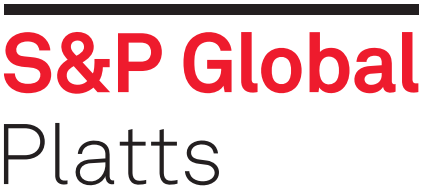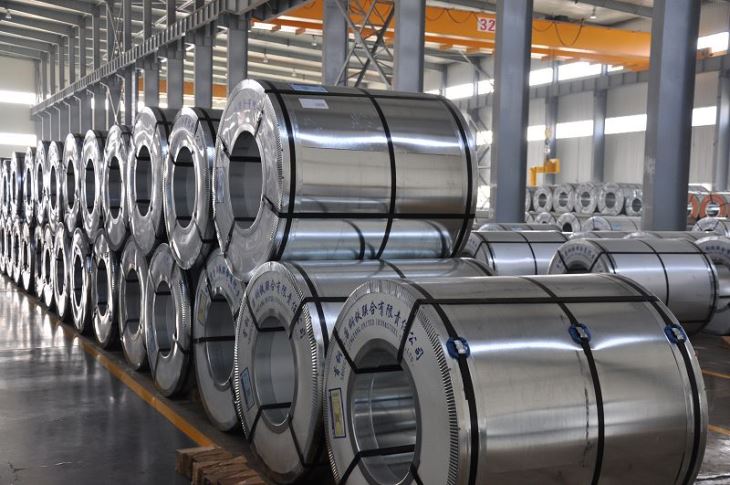Steel decarbonization is increasingly shaping iron ore, coking coal and scrap trade and pricing in the US and Atlantic markets, as companies act to cut carbon emissions.
High demand for iron ore pellets, growing interest in using and trialing hot-briquetted iron, and adapting ferrous scrap feed is pushing out some met coal at the margin. Pellets minimize emissions at blast furnaces.
Carbon accounting and benchmarking is now a focal point for procurement executives.
By adapting feedstocks, steel products and processes vie for emissions cuts ahead of larger plant changes on the planning board at ArcelorMittal, ThyssenKrupp, Salzgitter and British Steel, among many other steel producers.
The largest integrated steelmaker in the US, Cleveland-Cliffs, said it decided to shut the Mountain State Carbon met coke plant during the second quarter, as it maximizes scrap and HBI in its blast furnace-BOF based steel operations.
The closure will follow a fourth-quarter halt at coke facilities at Cliffs’ Middletown, Ohio steel works. It may lead several northern Appalachian and CAPP met coals used in coke blends at the West Virginia plant to find other buyers, according to a mining source. This could potentially increase export supply of high-vol, low-vol and mid-vol coals, as US flat steel pricing falls from unprecedented highs.
Lower North American domestic annual contract met coal prices for 2022 led to a bigger spread with seaborne market spot prices. Platts Premium Low Vol FOB Australia recently hit a record high of $445/mt on Feb. 7.
Coal markets have seen high prices after disruptions to supply and declines to investments in mines and railroads, with supply struggling to adapt to spot demand as steel market recovered.
Suppliers may continue to opt for marketing more volume into export markets, while mining cash margins remain attractive. US export prices are already lower than Australian prices, with Platts PLV FOB Australia at $439/mt and US high-vol A at $380/mt FOB Hampton Roads on Feb. 16.
There is weaker Atlantic spot demand for non premium-grade coals.
A larger price spread between Australian and other premium hard coking coals, against lower quality and higher impurity coals, continues to reflect weak spot demand in the Atlantic, especially for non benchmark coals.
Mills with constraints on sulfur and coking capacity may evaluate high ash and sulfur coals with feedstocks such as petcoke along with limits on usage.
This could widen discounts and price adjustments for higher sulfur, higher ash and lower CSR coals.
Pellets
Cliffs also decided to idle its flagship direct reduction, or DR, pellet plant at Northshore’s Silver Bay in Minnesota, after achieving DR-grade pellet production at the Minorca pellet plant in Virginia, Minnesota. Cliffs had recently spent $100 million on Northshore to produce low silica pellets using flotation technology.
Cliffs temporarily idled the Northshore mining operation until at least Q4 in response to royalty payment structures linked to production, which the company described as relatively onerous, and on weaker group demand for iron ore pellets. Northshore mainly supplied Cliffs’s Toledo HBI plant in Ohio, and has shipped pellets to Nucor’s DRI plant in Trinidad.
Northshore produced 3.8 million long tons in 2020, with higher rated capacity, and Minorca produced 2.8 million long tons in 2020, according to the company website.
Surplus US pellets have seen stronger demand in the Atlantic over the past two years, and reported spot trade in Asia. Idling Northshore may add to the frustration of DRI markets such as in the Middle East and North Africa region unable to fully cover requirements and restart modules or boost capacity utilization.
Cliffs is seeking to maximize benefits from the acquisition of a new scrap metal processing unit, which may contribute to a lower carbon footprint for its steel.
A higher overall iron content in steel feedstocks reduces fossil fuel-based consumption.
Steel produced in the US with local HBI supply using natural gas has lower Scope 1,2,3 emissions compared with steel produced using merchant pig iron from Brazil, Ukraine and Russia, according to Cliffs.
Cliffs only uses pellets and HBI in blast furnaces and is “stretching” its hot metal by use of more scrap in the basic oxygen furnace, enabling the company “to establish the new world benchmark in low coke rates and low emissions,” Cliffs CEO Lourenco Goncalves told analysts on Feb. 11.
Several producers have described strong second-quarter demand in Europe for pellets, with DR pellet markets expecting to see several trials and new shipments continue. Trials are being negotiated with discounts to usual indices, a buyer said.
Miners Rio Tinto and LKAB have reported stronger demand for DR-grade pellets over the past year.
Demand picked up in Europe for Q1 on concerns about any spillover to supply from Russia and Ukraine tensions, and restocking is expected to continue in Q2 orders, a miner said.
Russian and Ukrainian pellet producers are targeting the DR pellet market. They are producing lower impurity pellets attractive to some DR pellet buyers – largely dependent on very low silica and low alumina high iron content pellets from Vale, Rio Tinto, LKAB, Bahrain Steel and Samarco optimized for DR shaft furnaces, preventing sticking during reduction.
Depending on the pellets marketed, higher silica pellets compared with usual standard DR pellets may see limited demand at DRI plants, a buyer said.
— Hector Forster






